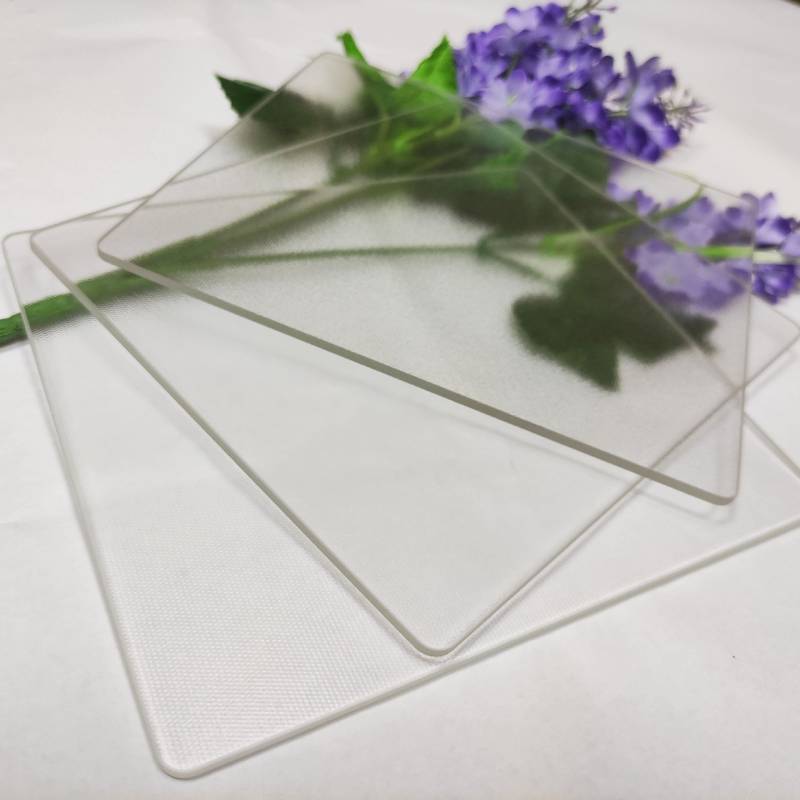Contemporary Mirrors Reflecting the Societal Landscape
In the kaleidoscopic world of contemporary art, mirrors have evolved beyond their traditional function of mere reflection. Today, they serve as profound instruments for introspection, social commentary, and cultural critique. These modern mirrors not only bounce back our physical image but also reflect the complexities of identity, technology, and societal norms that dominate our existence.
At the heart of contemporary mirror art lies the concept of self-exploration. Artists use reflective surfaces to challenge viewers to confront their own image and, by extension, their own identity. For instance, the works of contemporary artists like Yayoi Kusama or Anish Kapoor integrate mirrored installations that create immersive environments. Viewers find themselves in a maze of reflections, prompting them to ponder their place in society and the relationships that define them. Such experiences strip away the barriers of the individual and emphasize a collective consciousness, where one’s identity is interwoven with that of others.
Moreover, contemporary mirrors often critique the role of technology in our lives. With the rise of social media, self-representation has become a crucial aspect of modern identity. Artists like Sherrie Levine exploit the idea of the mirror to examine notions of authenticity and originality in an age dominated by digital manipulation. Her works force us to question what it means to truly see ourselves in an era where images are filtered, edited, and curated. This exploration reveals not only the superficial aspects of self-image but also the deeper implications of self-perception in a digitally saturated world.
contemporary mirrors
In addition to personal identity, contemporary mirrors reflect broader societal issues. Artists address themes such as consumerism, globalization, and environmental concerns through the reflective lens. For instance, Olafur Eliasson’s installations that incorporate mirrors and light invite viewers to confront their relationship with nature and the environment. These works not only highlight the beauty of the natural world but also serve as a stark reminder of the consequences of human actions. The mirrored surfaces invite viewers to see themselves as part of a larger ecosystem, thereby fostering a sense of responsibility and connectedness.
Furthermore, contemporary mirrors challenge the viewer's role within the art experience itself. Unlike traditional artworks that retain a clear boundary between art and observer, reflective installations obliterate this boundary. The audience becomes an integral part of the artwork, transforming the act of viewing into an interactive dialogue. This engagement redefines the relationship between art and observer, emphasizing reciprocity and inviting diverse interpretations.
In conclusion, contemporary mirrors are far more than mere physical objects reflecting light; they are dynamic tools for exploration and expression. Through the lens of these mirrors, artists engage with pressing questions of identity, technology, and the societal structures that shape our lives. As we step into these reflective spaces, we are not just spectators but participants in a dialogue about who we are and what it means to coexist in an increasingly complex world. The reflective surfaces remind us that understanding ourselves and our societies requires not only looking outward but also gazing inward, challenging us to embrace both our individuality and our collective realities.
 Afrikaans
Afrikaans  Albanian
Albanian  Amharic
Amharic  Arabic
Arabic  Armenian
Armenian  Azerbaijani
Azerbaijani  Basque
Basque  Belarusian
Belarusian  Bengali
Bengali  Bosnian
Bosnian  Bulgarian
Bulgarian  Catalan
Catalan  Cebuano
Cebuano  Corsican
Corsican  Croatian
Croatian  Czech
Czech  Danish
Danish  Dutch
Dutch  English
English  Esperanto
Esperanto  Estonian
Estonian  Finnish
Finnish  French
French  Frisian
Frisian  Galician
Galician  Georgian
Georgian  German
German  Greek
Greek  Gujarati
Gujarati  Haitian Creole
Haitian Creole  hausa
hausa  hawaiian
hawaiian  Hebrew
Hebrew  Hindi
Hindi  Miao
Miao  Hungarian
Hungarian  Icelandic
Icelandic  igbo
igbo  Indonesian
Indonesian  irish
irish  Italian
Italian  Japanese
Japanese  Javanese
Javanese  Kannada
Kannada  kazakh
kazakh  Khmer
Khmer  Rwandese
Rwandese  Korean
Korean  Kurdish
Kurdish  Kyrgyz
Kyrgyz  Lao
Lao  Latin
Latin  Latvian
Latvian  Lithuanian
Lithuanian  Luxembourgish
Luxembourgish  Macedonian
Macedonian  Malgashi
Malgashi  Malay
Malay  Malayalam
Malayalam  Maltese
Maltese  Maori
Maori  Marathi
Marathi  Mongolian
Mongolian  Myanmar
Myanmar  Nepali
Nepali  Norwegian
Norwegian  Norwegian
Norwegian  Occitan
Occitan  Pashto
Pashto  Persian
Persian  Polish
Polish  Portuguese
Portuguese  Punjabi
Punjabi  Romanian
Romanian  Russian
Russian  Samoan
Samoan  Scottish Gaelic
Scottish Gaelic  Serbian
Serbian  Sesotho
Sesotho  Shona
Shona  Sindhi
Sindhi  Sinhala
Sinhala  Slovak
Slovak  Slovenian
Slovenian  Somali
Somali  Spanish
Spanish  Sundanese
Sundanese  Swahili
Swahili  Swedish
Swedish  Tagalog
Tagalog  Tajik
Tajik  Tamil
Tamil  Tatar
Tatar  Telugu
Telugu  Thai
Thai  Turkish
Turkish  Turkmen
Turkmen  Ukrainian
Ukrainian  Urdu
Urdu  Uighur
Uighur  Uzbek
Uzbek  Vietnamese
Vietnamese  Welsh
Welsh  Bantu
Bantu  Yiddish
Yiddish  Yoruba
Yoruba  Zulu
Zulu 

